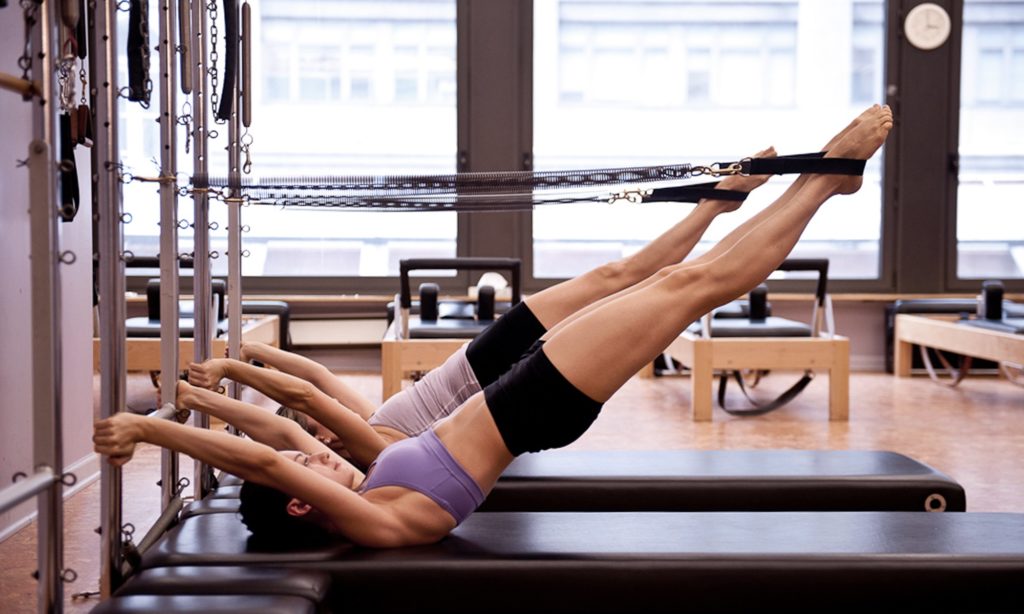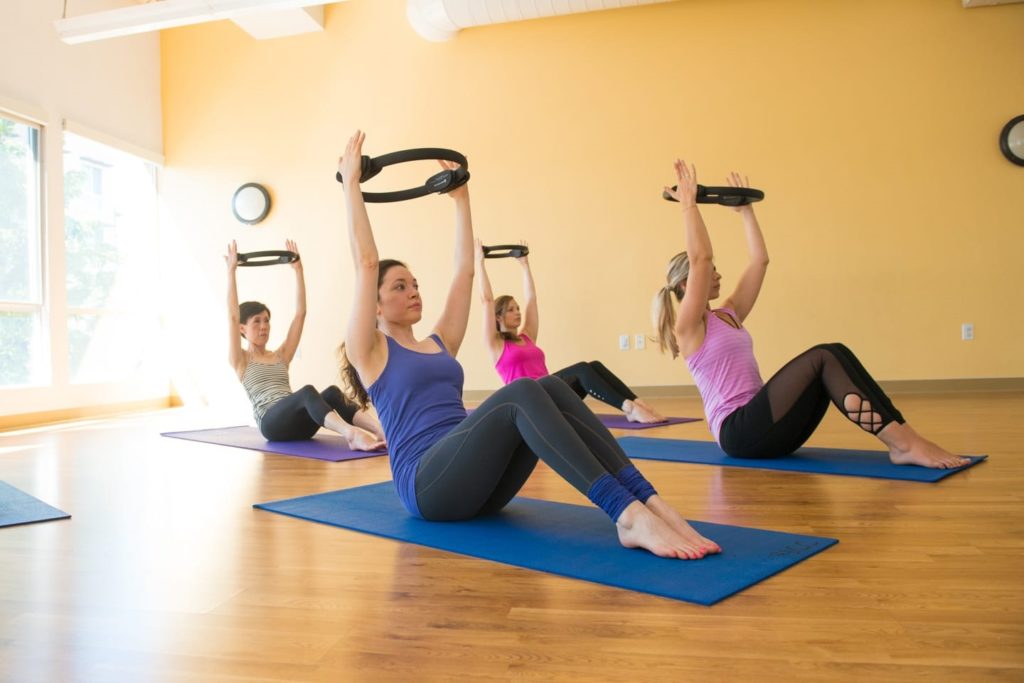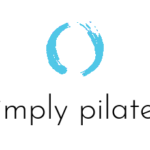A Pilates instructor helps people improve their physical health through a series of movement exercises created by Joseph Pilates (1880-1967), using body work done on mats and specially designed equipment. Pilates worked for a time in the United Kingdom as a circus performer and boxer, later imprisoned with other German nationals during the First World War. This gave him the opportunity to treat war-wounded POWs. This led to the development of his system of physical rehabilitation, working on war veterans who could no longer walk. After the war he moved to the United States where he soon popularized his revolutionary fitness method.

Pilates works on several core principles with the goal of consolidating mind and body so that all movement is refined and perfected.
A number of variations of Pilates are taught today with most based on up to nine principles, which are breathing exercises, concentration, control, centering, flow, postural alignment, precision movement for more efficient exercise, relaxation and building stamina.
As an instructor you can offer Pilates Matwork and, with the help of specially designed equipment, Bridge Pilates. Pilates focuses on the core (abdomen muscles) and involves special breathing techniques. The objective is to increase health and vitality while producing a state of gracefulness and ease to the practitioner.
Ready to become a part of this exciting and invigorating method of getting into the greatest shape of your life? Read on to learn how you can become a Pilates instructor and play a positive role in the health and fitness of your students.
In this article you’ll learn:
- How much money you can make as a Pilates instructor
- The required training and certifications
- Professional groups to join
- Employment opportunities for Pilates instructors
- Finding clients
- Plus helpful tips
How much money can you make?
Pilates instructors average $40,390 annually, according to the US Bureau of Labor Statistics. Opening your own studio will produce a greater income, although you have the added expenses that come with running a business. Employment of Pilates instructors is projected to grow 13 percent through 2028, much faster than the average for all occupations. Open your own studio and you can potentially earn as much as you want. It all depends on your willingness to put in the work. Still, many Pilates instructors start out working for a gym or studio to gain some experience before shouldering the expense of running their own business.

Training and Certification
Pilates instructors can teach classes or offer one-on-one instruction. Instructors who hold a certificate from the Pilates Method Alliance – the Certified Pilates Teacher certificate (CPT) are currently in greatest demand.
The CPT certificate requires completion of 720 hours as an instructor or 450 hours in a registered training program, followed by an exam by a qualified PMA representative and 16 hours of continuing education over two years.
As Pilates grows in popularity, more employers are making this certificate a hiring requirement. If nothing else, earning certification shows your commitment to being the best possible Pilates instructor who is dedicated and professional in the advancement of this fitness specialty.
Here is a comprehensive directory of Pilates training programs in the United States.
What you’ll learn in training:
- Teaching Pilates in group classes or one-on-one
- Working with individual students to achieve their specific goals in fitness or rehabilitation
- Instructing students, assisting and overseeing their work on Pilates equipment
- Maintaining your own fitness through regular Pilates practice
- Design and deliver courses that cover multiple Pilates sessions tailored for the specific needs of the students.
- How to keep proper client records and evaluate progress.

Professional Groups to Join
The Pilates Method Alliance is the premiere organization for Pilates instructors. Benefits of membership include access to affordable insurance, networking with other instructors, ongoing education opportunities and tools to help grow your business.
Employment
Local gyms, public recreation centers, the YMCA – all may offer Pilates classes (or perhaps would like to if you encourage them).
When job hunting, you’ll need photocopies of your résumé, training certifications and perhaps a photo of yourself working out on Pilates equipment. This personalizes your application package.
If you mail these materials, always follow up with a phone call to keep your name on their minds.
Be sure to check online resources such as ZipRecruiter and Indeed.com, where a simple Internet search can often turn up dozens of job openings for Pilates instructors. Because there is no nationwide or state-by-state licensing requirement, you are free to move about the country without applying for a license every time you land in another state. All you need is your certification.
Finding Clients
Business cards and a basic website should be the core of your marketing toolkit as a Pilates instructor. The website need not be fancy or expensive, just attractively designed, with photos of your classes in session (get permission from any students who are visibly recognizable). The website must also include your business location and contact information at the top of every page.

In addition to your business website, the next thing to do is create an Instagram account to showcase your Pilates practice. Instagram is the #1 online venue for creative professionals to promote themselves. It’s a free marketing tool that’s always working on your behalf.
Now create a Google My Business page for your Pilates studio. This will include your location, services, hours of operation and any photos you’d like to upload. This page even displays a map showing the precise location of your business. There’s also a place for happy clients to review your Pilates classes, which you should ask them to do. Best of all, this is a free service that will be promoting your business ‘round the clock. You’ll also get a free monthly report emailed from Google with data on the number of interactions your business page received from online visitors over the last 30 days.
Next, set up a Facebook page for your Pilates practice so that people searching for Pilates instruction can find you. This, too, is a free service that can benefit your business by putting you front-and-center of potentially thousands of students.
Other strategies for attracting new business:
- Create a referral program with discounts for returning Pilates students who bring new clients to you.
- Ask Pilates students to review your services online, especially on your Google business page. According to a recent survey, 90% of people say their buying decisions are influenced by positive online reviews.
Good to know:
Tips for new Pilates instructors by Pilates instructors.

Get a mentor
You’ll gain valuable assistance, feedback and constructive criticism from a more experienced Pilates instructor. This will help your career.
Keep up your own Pilates routine
Take time to train so you stay fit and are able to explain the exercises to your students and how their bodies are likely to feel after a workout.
Practice your instruction routine
As a Pilates instructor you will spend hours explaining exercises, modifications, spring settings, flows and sequences. The more you practice this instruction, the smoother your classes will flow.
Make class plans
To make effective use of your students’ time, plan each class carefully to cover a reasonable amount of instruction, while building in space for breaks, questions and individualized attention. Each class should build on the previous session as you move toward specific goals.
Spend time evaluating the success of every class
After your students wave goodbye, spend some time reflecting on how that day’s session unfolded. It’s helpful to jot down your thoughts in a notebook. You may observe some students who need extra help or others who are perhaps ready to advance.
Don’t be afraid to ask for feedback
Whether from your students or mentor, be confident in asking for their thoughts on your skills as an instructor. Feedback is nothing more than a tool for personal and professional growth.

Build Professional Relationships
Networking with other Pilates instructors, studio owners and students helps you stay current in your field while remaining open to new opportunities. A job opening might come up and you’ll be among the first to know about it because you’ve built a network. Professional courtesy and friendliness go a long way to advancing anyone’s agenda.
Education never ends
You’ll always have opportunities to learn new practices, methods, exercises and techniques as they evolve for practicing Pilates. The more you can learn, the more valuable you become as an instructor. And as a result, the more money you can potentially earn.
If you enjoyed this article, check out some more great PocketSuite.io content that can help you grow your career as a Pilates instructor. Here’s a great place to start.PocketSuite has thousands of business owners who all started where you are right now. Our community is always happy to help you ramp up, grow your client base, and achieve your income goals, both within the PocketSuite app and as part of our exclusive Facebook Community Group. PocketSuite’s vision is for any professional to be able to work for themselves and make a great living. It starts here. It starts with you. It starts today. Let’s get started, download PocketSuite now! Feel free to reach out with any questions (we’d love to hear from you)! Text us @ (415) 841-2300.





